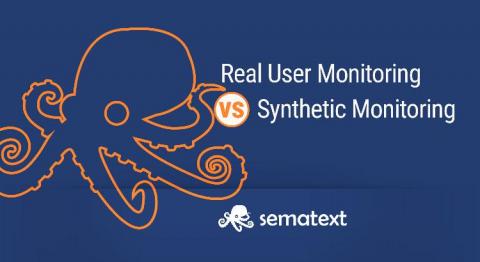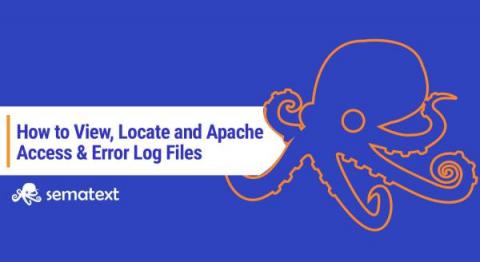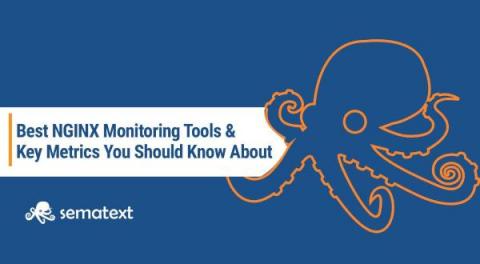Top 15 Website Speed Testing Tools [2022 Comparison]
There are a lot of reasons why people choose to shop at one online store over another or pick one streaming service over another from the type of service they are getting to pricing, quality and, you’ve guessed it from the title, speed. The speed to which I’m referring is the speed at which the website loads and reacts to user input. In one of my previous articles about netwok latency, I’ve talked about how big of a difference even a two-second extra delay makes.











